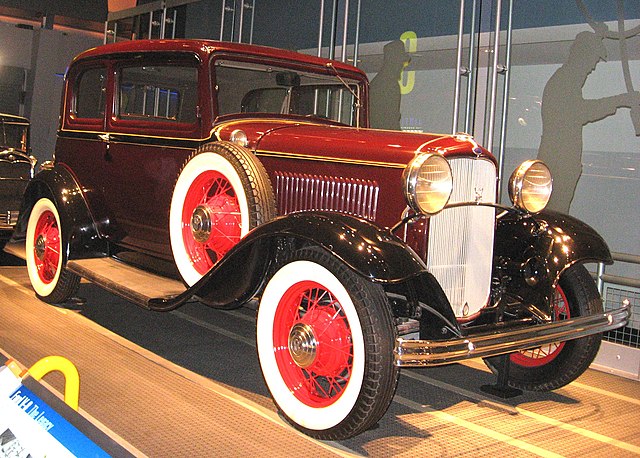
The Ford Model B, produced between 1932 and 1934, is one of the most significant automobiles in automotive history. Renowned for its innovative design, engineering advancements, and cultural impact, the Model B stands as a milestone in the evolution of Ford Motor Company and the broader automotive industry.
This article delves into the history, features, and legacy of the Ford Model B.
Historical Background
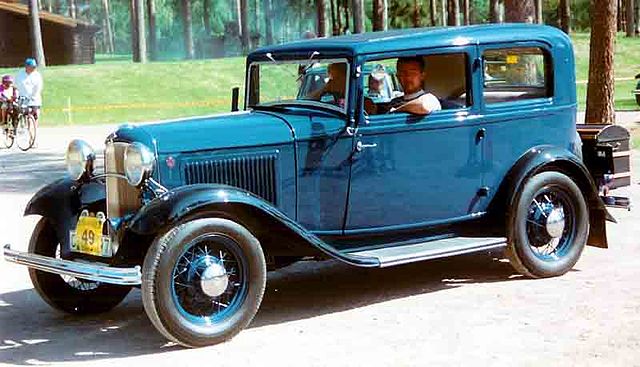
The Great Depression and Ford’s Response
The early 1930s were marked by the Great Depression, a period of economic hardship that affected industries worldwide. Despite the economic turmoil, the Ford Motor Company, under the leadership of Henry Ford, decided to innovate and introduce a new model.
The Ford Model B was developed as a successor to the Model A, aiming to offer improved performance and modern features while maintaining affordability.
Introduction to the Market
The Ford Model B was introduced in 1932. It was offered alongside the Model 18, which featured Ford’s first V8 engine. The Model B, with its four-cylinder engine, was designed to be a more economical option while still providing significant advancements over the Model A.
Design and Engineering

Exterior Design
The Ford Model B sported a more streamlined and modern design compared to its predecessors. Key exterior features included:
- Radiator Grille: A distinct vertical grille that gave the car a robust and stylish look.
- Body Styles: Available in various body styles such as coupes, sedans, roadsters, and phaetons, catering to diverse customer preferences.
- Fenders and Hood: Rounded fenders and a longer hood contributed to the car’s aesthetic appeal.
Interior Comfort
The interior of the Model B was designed with comfort and practicality in mind. Features included:
- Upholstery: Improved materials for seats and trim, offering a more comfortable ride.
- Dashboard: A more modern dashboard layout with clearer instrumentation.
- Space: Enhanced passenger and cargo space compared to previous models.
Mechanical Innovations
The Ford Model B introduced several mechanical innovations that set it apart from its competitors:
- Engine: A 201 cubic inch (3.3 L) inline four-cylinder engine producing 50 horsepower, offering better performance than the Model A.
- Transmission: A more advanced three-speed sliding gear transmission that improved driving dynamics.
- Suspension: Improved suspension system for a smoother ride, including transverse leaf springs.
Performance and Driving Experience

Engine Performance
The 50-horsepower engine of the Model B provided a significant improvement in performance. It allowed the car to reach speeds of up to 65 miles per hour, making it one of the faster and more reliable cars of its time.
Handling and Ride Quality
The improved suspension and robust chassis design contributed to better handling and ride quality. The Model B was praised for its stability and smoothness on various road conditions.
Fuel Efficiency
Despite its enhanced performance, the Model B maintained good fuel efficiency, an essential factor during the economically challenging times of the 1930s. Its efficient engine design helped Ford attract budget-conscious consumers.
Cultural Impact and Legacy
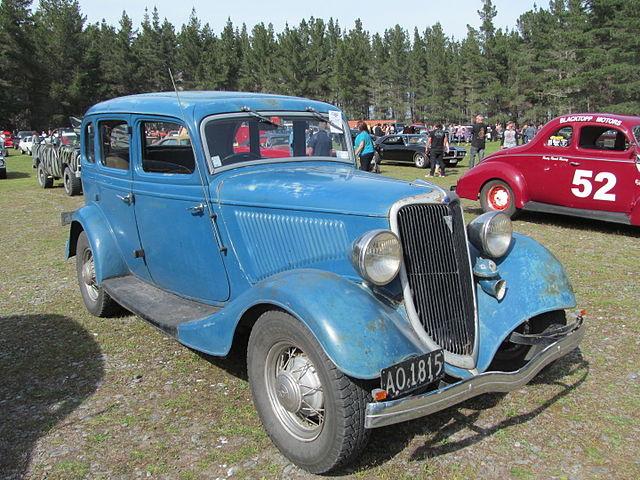
Popularity and Influence
The Ford Model B quickly gained popularity due to its combination of style, performance, and affordability. It became a symbol of modernity and innovation during a period when many Americans were seeking reliable and economical transportation.
Hot Rodding Culture
In the post-World War II era, the Ford Model B became a favorite among hot rodders. Its robust design and ease of modification made it an ideal candidate for performance enhancements. The Model B’s association with the hot rodding culture further cemented its place in automotive history.
Collector’s Item
Today, the Ford Model B is a highly sought-after collector’s item. Enthusiasts and collectors prize the car for its historical significance, classic design, and the role it played in shaping the automotive industry. Well-preserved and restored examples can command high prices at auctions and car shows.
Comparison with Contemporaries
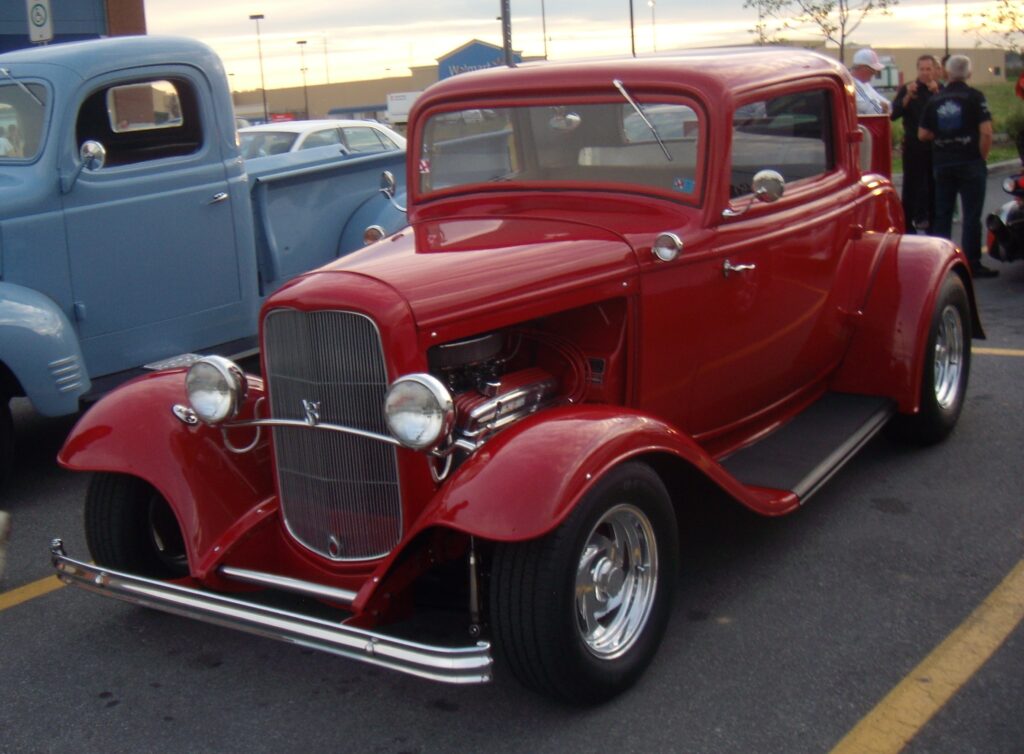
Model B vs. Model 18
The Ford Model B and the Model 18 were released simultaneously, with the primary difference being the engine. While the Model B featured a four-cylinder engine, the Model 18 was equipped with Ford’s new V8 engine. The V8 Model 18 offered superior performance but at a higher price point, giving consumers a choice based on their budget and performance needs.
Competing Brands
During its production years, the Ford Model B faced competition from brands like Chevrolet and Plymouth. Chevrolet’s models of the time, such as the Chevrolet Eagle, also offered inline six-cylinder engines, providing stiff competition. However, Ford’s reputation for reliability and the innovative features of the Model B helped it stand out in the crowded market.
Production and Sales
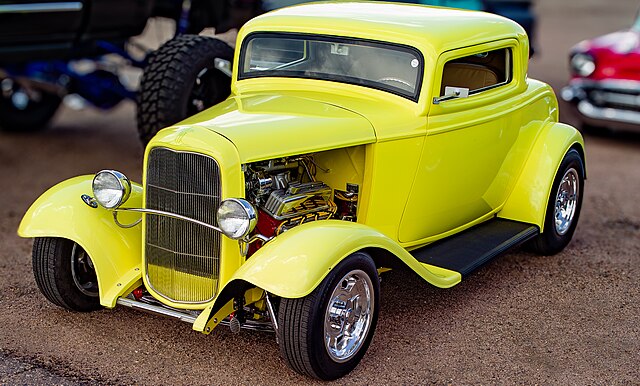
Manufacturing Plants
The Ford Model B was produced at multiple Ford manufacturing plants across the United States. The widespread production capability allowed Ford to meet the high demand for this popular model.
Sales Figures
The sales of the Ford Model B were robust, with tens of thousands of units sold during its production run. Despite the economic challenges of the Great Depression, the Model B’s affordability and performance helped it achieve significant commercial success.
Restoration and Preservation

Restoration Efforts
Restoring a Ford Model B to its original condition is a labor of love for many classic car enthusiasts. Restoration often involves sourcing original parts, refurbishing the engine, and painstakingly recreating the original paint and interior finishes.
Preservation Societies
Several car clubs and preservation societies are dedicated to the Ford Model B. These organizations provide resources, support, and a community for Model B owners and enthusiasts. They host events, car shows, and swap meets, helping to keep the legacy of the Model B alive.
Conclusion
The Ford Model B (1932-1934) remains an enduring icon in the automotive world. Its blend of innovative design, engineering advancements, and cultural significance make it a cornerstone of Ford’s history and a beloved classic among car enthusiasts. From its initial popularity during the Great Depression to its lasting impact on hot rodding culture, the Model B’s legacy is a testament to Ford’s ingenuity and the timeless appeal of this remarkable automobile.
